Speaker-A Sound Generator Leave a comment
A speaker or electroacoustic transducer is a device that converts an electrical audio stream into sound. An amplifier must be used to boost the sound before it is transferred to the speaker. In the 1920s, the contemporary dynamic loudspeaker was invented, which employs a magnetic field to drive a coil or magnet attached to a diaphragm. Horns were the first sort of amplification device. Thomas Edison, Magnavox, and Victrola manufactured innovative and high-performing horns from 1880 until the 1920s. Horns have the disadvantage of being unable to raise the pitch.
Technology is growing at a breakneck speed these days. Consider the case of a covert camera (spycam) with built-in speakers. It’s a camera that’s used to discreetly film people without their knowledge or consent. The majority of commercially available speakers are passive, meaning they don’t have an internal amplifier. The majority of home speakers are passive and come in a variety of styles, aesthetics, and price ranges. Speakers in today’s homes include modern loudspeakers, ceiling speakers, soundbars, and woofers. Each type of speaker has a unique attribute that makes it suitable for several applications.
Speaker types that are known
- Portable Bluetooth speakers
- Speakers With No Wires
- Built-In speaker
- Subwoofer
- Woofer
- Squawker – midrange
- Tweeter (high-frequency loudspeaker)
- Soundbars
- Electrostatic loudspeaker (ESL)
1. Portable Bluetooth speakers

The majority of modern products use Bluetooth technology, which provides an alternative to speaker connections. Do you desire a music player that you can take with you everywhere you go? Bluetooth speakers have built-in rechargeable batteries. Bluetooth speakers will play music from smartphones, laptops, and desktop computers. There are several that are small enough to cling to your bag. Bluetooth speakers allow you to listen to music while on the road.
2. Speakers With No Wires
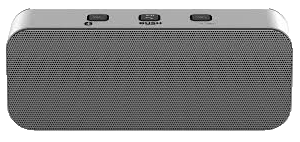
Instead of the wires used by electrically powered speakers, wireless speakers get their signals via radiofrequency. Because they are wireless, they take up very little space. They are simple to use.
However, compared to other portable Bluetooth speakers, they boast larger drivers and more efficient amplification. In addition to infrared signals, wireless speakers are frequently employed with Wi-Fi or Bluetooth. Swapping sources, selecting music, and changing volume can all be done through the app. You may listen to music from all over the world with wireless home speakers.
3. Built-in Speakers

Stereo sets, televisions, laptops, and other electronic gadgets all have built-in speakers. Some are capable of producing adequate, but not remarkable, sound. These machines are equipped with sound systems. External speakers are superior to built-in speakers because they provide a good listening experience comparable to that provided by modern speaker systems.
4. Subwoofer
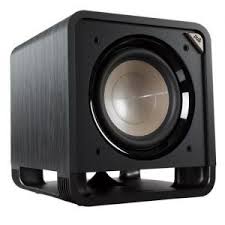
It’s a low-frequency speaker or horn with a frequency of around 80 hertz. On the one hand, sounds are collected in audio tracks known as.1, which corresponds to multi-channel versions, and on the other hand, this technique seeks to replicate frequency spectrum without the distortion that other types can’t. Subwoofers are audio components that are meant to reproduce very low bass frequencies, such as roars, thunder, and growls in movies and bass guitar sounds in music.
5. Woofer
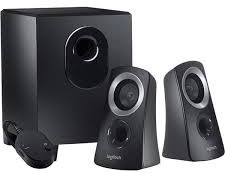
These are capable of reproducing low and medium frequencies ranging from 80 to 1000 Hz. They’re most commonly found in “home cinema,” where the idea is that audio may be heard in a variety of dynamic ranges. During installation at our homes, these are mostly used as loudspeakers. Low-frequency reproduction is reproduced by woofers and subwoofers. It comes from a dog’s barking or ‘woof,’ which uses lower-frequency waves than bird tweeting, which uses higher-frequency waves.
6. Squawker – midrange
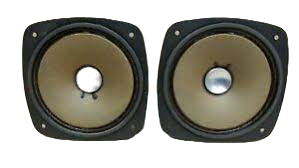
The Squawker speaker is made to mimic mid-range sounds. A mid-range loudspeaker typically covers frequencies between 200 and 300 Hz, as well as 5 to 7 kHz. The major function of a midrange speaker is to disseminate sound, including dialogue and music. As a result, it’s the most simple speaker with the widest frequency range.
7. The tweeter is a high-frequency loudspeaker

Tweeters are meant to function well with high-frequency noises or harsh, high-pitched notes. Since different loudspeakers have varied frequency ranges and are designed differently, the high-frequency loudspeaker is a tweeter because it reproduces high frequencies, sometimes above 2 to 5 kHz.
8. Soundbars
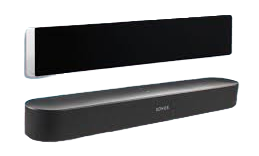
If you want more dynamic sound without having to place speakers around your home or into your walls, a soundbar can be a good option for you. The unique layouts of soundbars enhance LCD, LED, and plasma TVs, and they are often of higher quality than the set’s built-in speakers. A soundbar can simulate the experience afforded by 5.1 and 7.1 sound systems since it has numerous speakers in one housing that are set to echo sound around the room.
9. An Electrostatic Loudspeaker (ESL)

A loudspeaker that makes sound by applying force to a membrane hung in an electrostatic field is known as an electrostatic loudspeaker (ESL). Electrostatic speakers are flat-panel loudspeakers, sometimes known as diaphragm speakers. They have one motor and a thin membrane spread across two conductive, stationary panels. Typically, electrostatic speakers are powered from the outside and linked via an electrical socket. The thin membrane gets current from an amplifier, which makes a sound because it moves so little.
